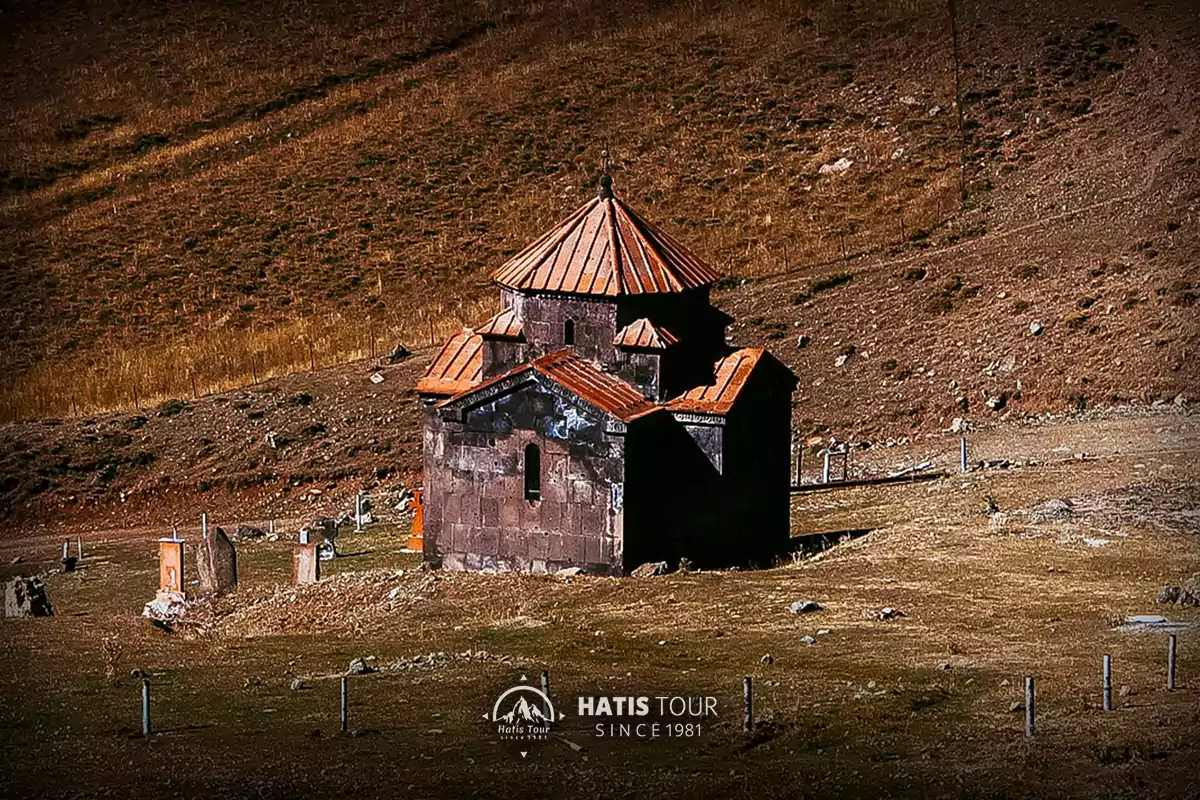
Baghaberd fortress is also called the fortress of Kapan, located in the Syunik Region of Armenia, west of the city of Kapan, on the highway leading to Kajaran, not far from the confluence of the Voghji and Geghi rivers, on the left bank of the Voghji river. It is one of the major defense structures of Armenia. According to the tradition reported by the historian Stepanos Orbelyan (XIII-XIV centuries), from the generations of Sisak, the patriarch Baghak received the province of Dzork (Kapan) as an inheritance, built the stone fortress of Baghak, strengthened the fortress, naming it Baghaberd. It has been known as an impregnable fortress since IV-V centuries. The importance of Baghaberd increases especially during X-XII centuries, during the period of Syunik or Baghats kingdom. 1103 After the destruction of the city of Kapan, Baghaberd becomes the capital of the kingdom of Syunik. During times of danger, Syunyat princes kept their treasures and manuscripts here. 1170 The Gandzak Seljuks, led by Eldkuz (Yeltkuz) Atabek, captured Baghaberd, slaughtered the inhabitants, burned more than 10,000 manuscripts belonging to the Tatev monastery, looted the treasures, after which the fortress fell into disrepair and was never restored. The fort is built on a triangular promontory, with three levels of defense, the first of which runs along the foot of the cliff, the second is about 150 m above it, and the third is on the top of the promontory. It is surrounded by thick and high double walls with all shaped towers. On both sides, steep cliffs of deep gorges serve as a natural barrier. On the eastern side, the relatively vulnerable parts of the rocks are supported by a retaining wall with pyramidal buttresses, and the rocks in some places are worked as vertical walls. The only entrance to the fortress is in the southwestern part of the wall, protected by a watchtower. The fort had underground passages, rock-hewn vaults, and an aqueduct, of which barely noticeable traces remain. The remains of the walls have been preserved, with a height of about 6-8 m. In the past, the surrounding population demolished the stones of the walls and used them as building blocks. The fort was also greatly damaged during the Soviet years, when the new Kapan-Kajaran road was built. During the construction of the road, a part of the wall was demolished along with the pyramids on it. Currently, there are two pyramids standing next to that road, dilapidated and semi-destroyed.


.webp)
.webp)
.webp)
.webp)
.webp)
.webp)
.webp)
.webp)
.webp)






.webp)
.webp)
.webp)
.webp)
.webp)
.webp)
.webp)
.webp)
Leave a comment